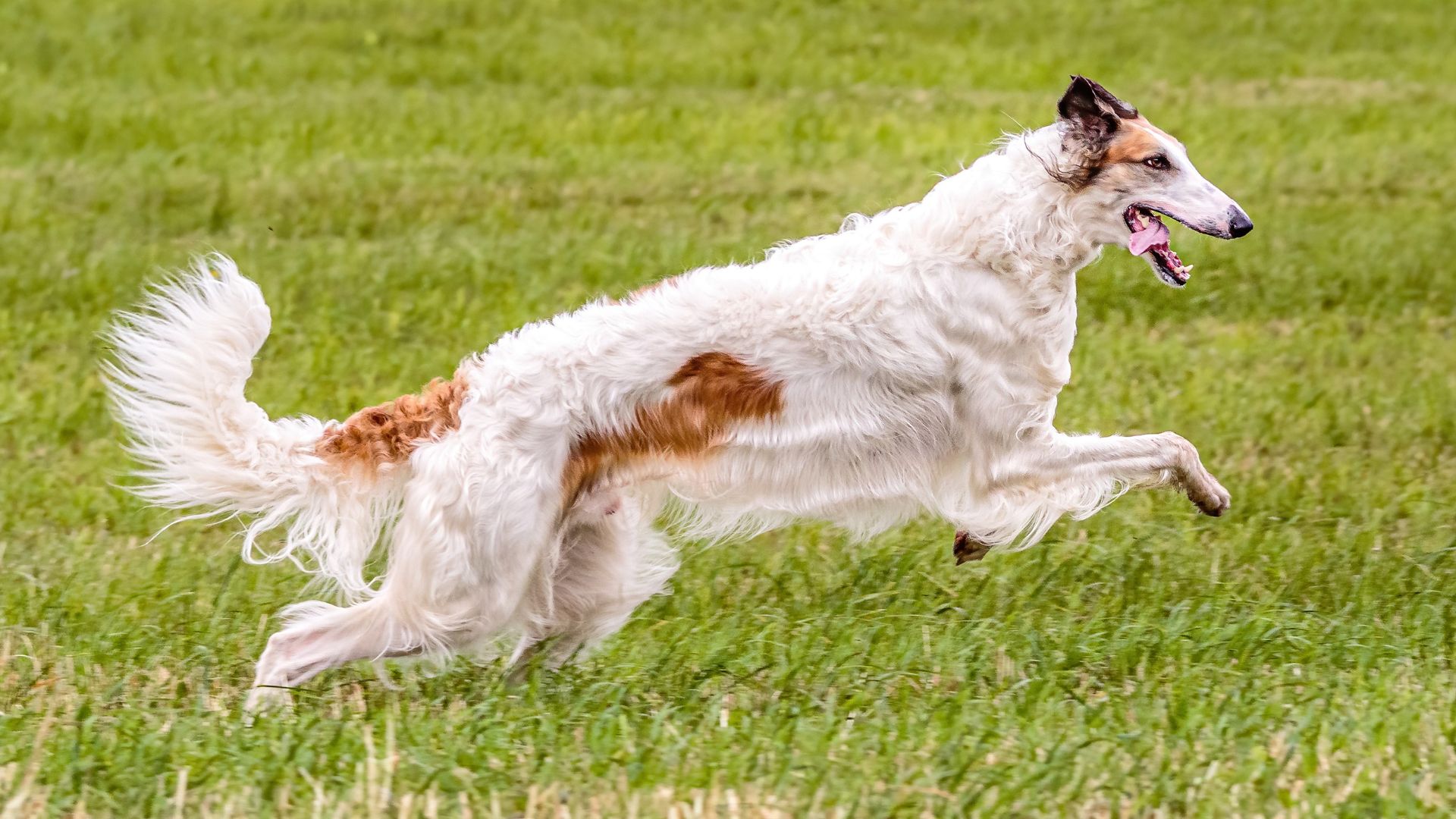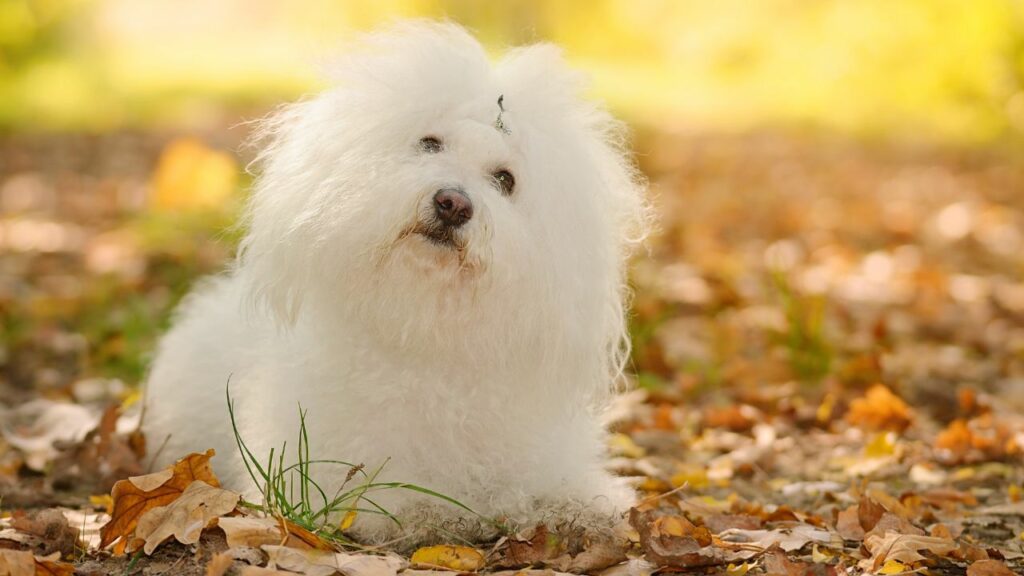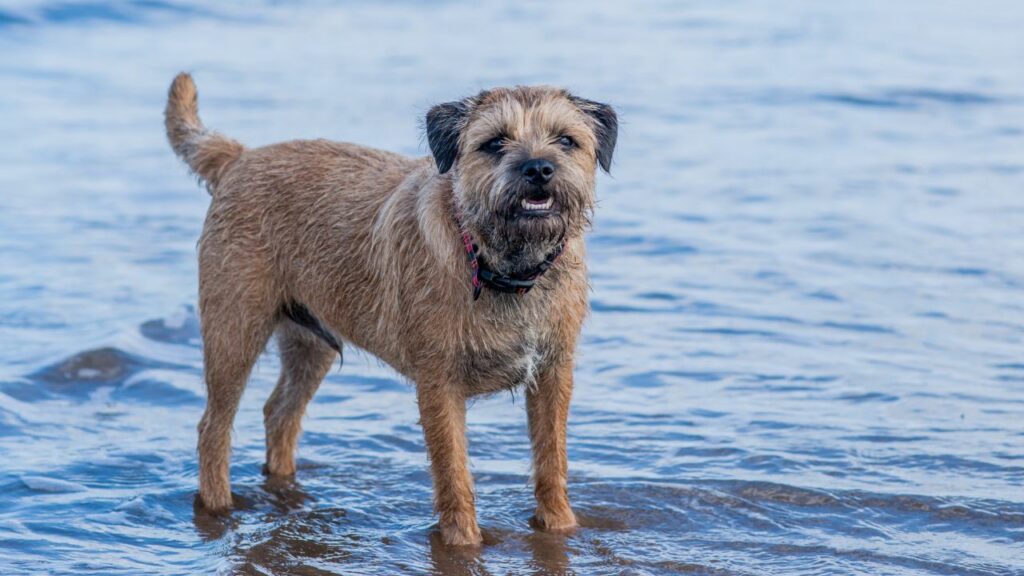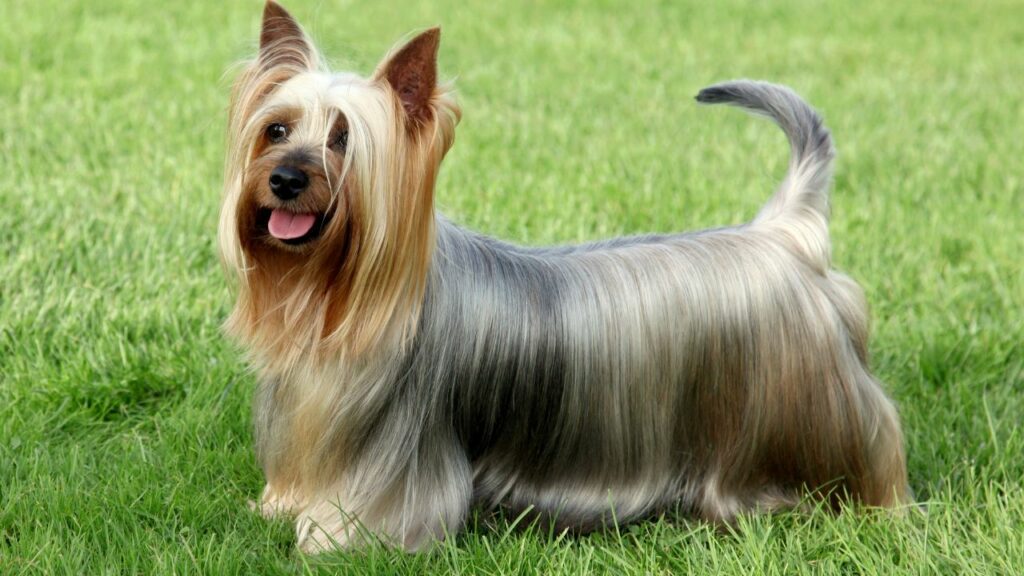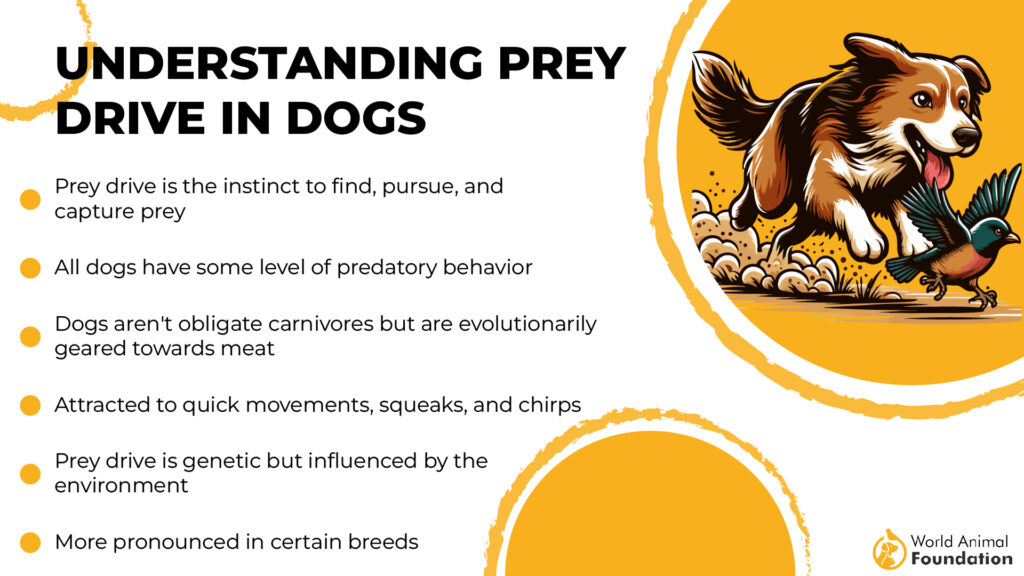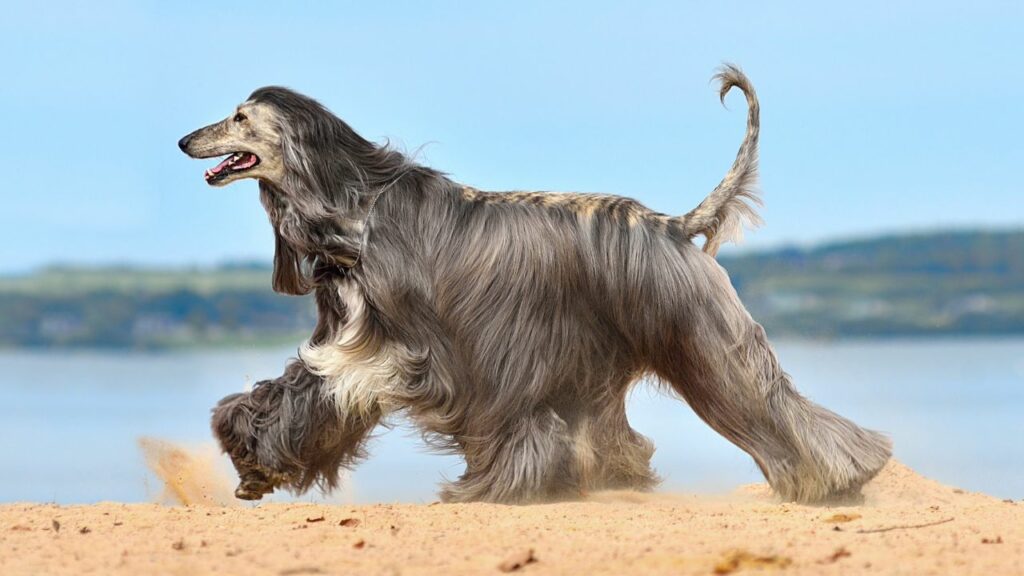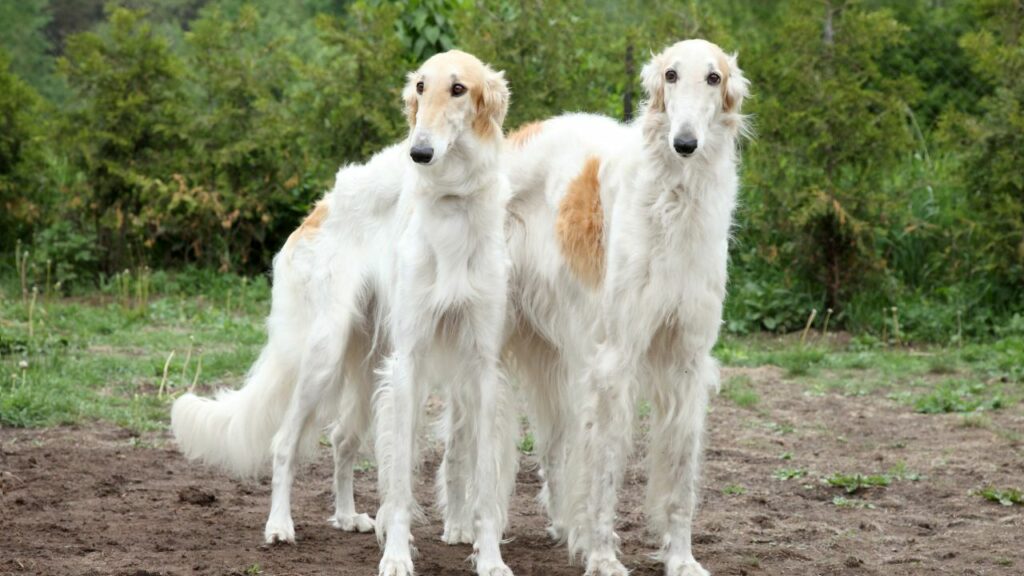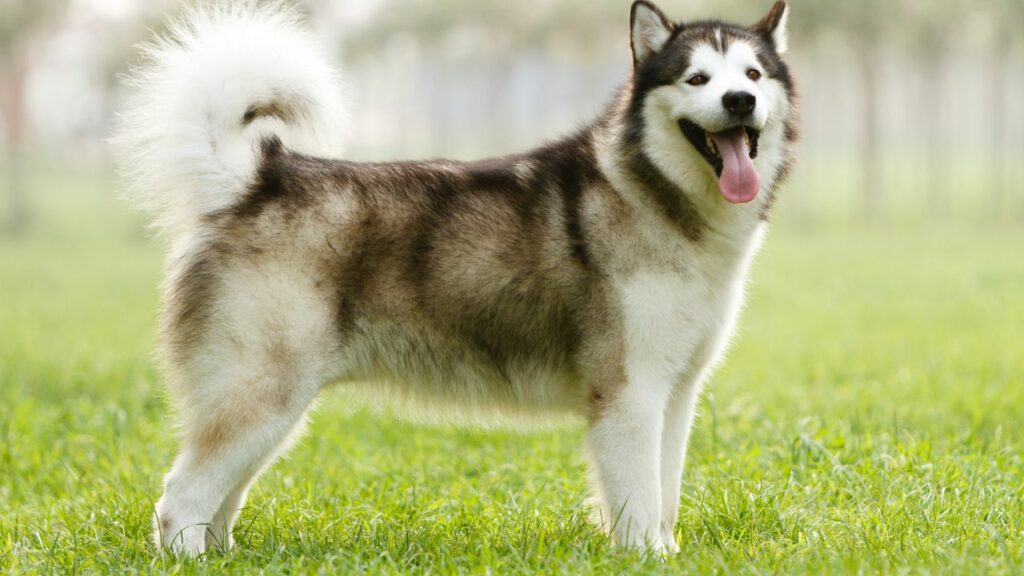Certain dog breeds retain a strong instinct to chase and sometimes capture smaller animals. This instinct, known as prey drive, is a natural behavior, though its intensity varies between breeds. Understanding prey drive is crucial for responsible dog ownership, especially when considering breeds with a higher propensity. This article explores nine breeds renowned for their powerful prey drive, offering insights into their behavior and advice on managing these instincts to ensure both the dog’s and the surrounding environment’s safety and wellbeing. From tenacious terriers to swift sighthounds, discover the breeds where this instinct is most pronounced.
Any dog owner knows the joy and excitement their furry friend feels during a game of fetch. While part of this excitement is about spending time with their favorite person, there’s more to it. Chasing and retrieving are natural instincts for dogs, thanks to their inherited prey drive.
Every dog has some level of prey drive, a natural instinct to chase or hunt, rooted in their ancestry from predatory gray wolves. This drive can make them chase anything that moves, such as smaller animals, children, or bikes. Even toys, balls, and sticks can become “prey” to them. For many dogs, this drive is harmless and makes fetch a fun activity.

However, a high prey drive in some dogs can lead to negative behaviors like stalking and harming smaller animals or chasing cars and bikes, which can be dangerous. These dogs may also get easily distracted by moving objects, making it hard to focus on anything else, which can be frustrating when trying to enjoy quality time together.
In this article, we’ll discuss dog breeds with a high prey drive so you understand why your dog might suddenly zoom after a squirrel during a peaceful walk. Let’s dive in!
Dogs with High Prey Drive
1. Bolognese
The Bolognese has become a beloved companion dog thanks to their charming looks, small size, intelligence, and loyalty. They are naturally social, but they are quick to chase anything that moves.
This means you need to be careful about where and when they are off the leash, especially around livestock or wild animals. Their strong prey drive can make training a bit challenging as they easily get distracted. According to Pets4Homes, you must watch your Bolognese closely if your yard doesn’t have a fence. They also have a tendency to nip, so it’s important to address this habit early on.
These energetic dogs love going on interesting walks, though they don’t require a lot of exercise. Bolognese dogs thrive in family environments and enjoy being involved in all household activities. However, they are better suited for families with older children rather than toddlers.
2. Border Terrier
Border Terriers are adventurous and energetic dogs, originally bred to keep up with horses and foxhounds while hunting foxes and other pests. Nowadays, they are cherished as affectionate pets, though they still have a strong prey drive.
Because of their hunting background, Border Terriers tend to chase and may even attack smaller animals like cats, squirrels, and rabbits if not properly socialized from a young age. It’s important to start socializing them early to prevent unwanted behaviors like chasing and aggression. According to PetPlan, you can’t completely eliminate a Border Terrier’s prey drive, but early training can help manage it.
Border Terriers are sociable, playful, affectionate, and cheeky, making them great family dogs for active households. They were bred to navigate tight underground spaces, so they are skilled escape artists and need a secure outdoor area to explore safely.
3. English Foxhound
The English Foxhound was bred to run in packs and chase foxes, with long legs and a deep chest, giving it great athleticism and endurance. These scent hounds are ideal for active owners who can manage their high energy levels and prey drive.
According to HillsPet, the English Foxhound thrives in a multi-dog household due to its pack instincts. However, it bonds quickly with human family members as well. This breed is quite vocal, often barking and baying, but it can be trained to quiet down when instructed.
Training and socialization are essential, especially if the dog isn’t hunting. Exposing the English Foxhound to various people, places, and situations provides the mental stimulation it needs. This breed loves running and exploring outdoors, so it’s important to keep it on a leash or in a securely fenced area to prevent it from chasing after perceived prey.
4. Australian Terrier
Short in stature but big on personality, the Australian Terrier is a lively companion originally bred to help Australian ranchers and farmers by keeping their property free of rodents and other pests. Given their history, it’s no surprise that they have a strong prey drive. This breed should not be trusted off-leash or in an unfenced yard.
Australian Terriers are well-suited for activities like scent work or tracking competitions and excel in obedience and agility due to their eagerness to work with their human handlers. Their instinct to track and capture small prey makes them natural diggers, so they might dig in the yard or garden, either out of boredom or because they sense a burrowing animal.
As alert companions, Australian Terriers are quick to bark at strangers or unfamiliar noises. PetMD points out that while they won’t be quiet sentries at the window, consistent training can help manage their barking.
5. Afghan Hound
The Afghan Hound is one of the oldest dog breeds, known for its lightning-fast speed and power. Originally, they hunted by sight, catching and holding their prey until the hunter arrived. Like all sighthounds, Afghan Hounds have a high prey drive and love to run and chase.
These dogs vary in their interactions with other pets, ranging from playful to indifferent. However, their high prey drive means they are likely to chase cats, rodents, rabbits, and other small animals. They might get along with a dog-experienced cat indoors but may see outdoor cats as prey.
Afghan Hounds tend to bond strongly with one person and are usually aloof towards visitors. They are independent and stubborn but also have a playful side. According to Orvis, this breed has a high energy level and needs plenty of exercise to prevent destructive behaviors.
Afghan Hounds are strong-willed and require consistent, firm-but-fair training. However, no amount of training will completely override their prey drive, so it’s crucial to keep them leashed or in a fenced area at all times.
6. Bedlington Terrier
The tenacious Bedlington Terrier was a top choice for hunting vermin, badgers, and otters due to their natural hunting ability. Though they look like lambs, Bedlingtons are confident and active dogs with a strong prey drive.
As terriers, Bedlingtons have lots of energy and need plenty of mental stimulation. Because of their high prey drive, they enjoy challenging games and chasing activities. Due to their strong prey instincts, it’s important not to leave them unattended with other pets.
These dogs are active and people-oriented, thriving on the companionship of their owners. With the right care, they can be loving and sweet-natured pets who enjoy plenty of playtime.
PDSA states that Bedlington Terriers love being around people and can suffer from separation anxiety if left alone for too long. They are best suited for households where someone is around most of the time to keep them company.
7. Borzoi
Borzois, originally bred in Russia to hunt foxes and wolves, has a name that means “swift” in Russian. Their hunting background gives them a high prey drive, making it natural for them to chase after squirrels and rabbits. Due to this strong instinct, it’s not recommended to keep Borzois with smaller pets.
To keep Borzois happy and healthy, take them to a secure area where they can run off-lead and explore interesting sights and scents. Like other sighthounds, Borzois are sensitive and form strong attachments to their families, enjoying nothing more than curling up on the sofa.
Although Borzois are intelligent, they are independent thinkers and can be strong-willed. They respond best to clear boundaries, as they can easily get distracted. According to My Family Vets, their size and strength make early training with plenty of positive reinforcement crucial to prevent them from pulling on the lead or jumping up.
8. Alaskan Malamute
The Alaskan Malamute, known as the first breed used as sled dogs, can pull massive amounts of weight. Like other Northern and sled dog breeds, they have a high prey drive due to their origins, which can lead them to chase smaller animals.
Malamutes are affectionate and friendly dogs devoted to their families, but they can be challenging for first-time owners. They have an almost insatiable need to run, love to dig and howl, and are often escape artists. Their high prey drive makes them likely to chase small, furry creatures like squirrels, cats, and even small dogs.
Purina states that Malamutes need at least two hours of active exercise every day, though they would be happier with more. When not exercising, they are generally quiet and content to relax, with the occasional howl for fun. They enjoy being outside, but extremely high and secure fences are essential to keep them safe.
9. Airedale Terrier
The Airedale Terrier, known as the “King of Terriers,” has a strong prey drive from its history of hunting otters and game in England’s Aire Valley. As the largest terrier breed, Airedales are strong, smart, and agile, making them skilled hunters. Their natural curiosity and adventurous spirit make them eager to chase and explore.
While Airedales are good at many tasks beyond hunting, their high prey drive needs to be directed into positive activities like sports, training, or work to keep them engaged. They do well with owners who understand their independent nature and can provide the guidance they need.
@az_wanna_go
Camping on an island and playing Fetch! #fetch #ruffwear #kayakingwithdogs #airedaleterriers #wannago #campingwithdogs #kayakcamping #aquaglide #dogsofarizona #offgrid #arizona #dogs #puppies #adventure #arizonaadventures
♬ Iko Iko (My Bestie) (feat. Small Jam) – Justin Wellington
WebMD notes that Airedales are intelligent and strong-willed, forming strong bonds with families, including those with children and other pets. They can be stubborn at first, but with firm and gentle training, Airedale puppies become wonderful companions. They are sweet but can act aggressively around unfamiliar dogs due to their prey instincts. Airedales are also great protectors of their families.
Conclusion
Dogs with high prey drive exhibit natural behavior rooted in their ancestry. This intense dog’s prey drive can lead to chasing other animals and may pose challenges for pet parents. Herding breeds, like border collies, often display strong predatory behavior, making it important for dog trainers to focus on managing these instincts. Allowing a prey-driven dog to walk off-leash can be risky due to their tendency to chase and capture prey.
Pet parents must understand their pup’s prey drive and work with dog trainers to guide their dog’s behavior. Providing ample exercise and mental stimulation can help redirect predatory behaviors into positive activities.
For herding dogs, it’s crucial to provide a secure environment and avoid situations where the intense prey drive in dogs could lead to conflicts with other dogs or animals. Choosing the right dog food and maintaining a structured routine can also support the overall well-being of a prey-driven dog.
Dogs with high prey drives are fascinating, showcasing instincts honed over millennia. While these breeds can make loving companions, understanding their inherent need to chase is crucial. Successful ownership requires dedicated training, secure containment, and careful consideration of their environment. While a strong prey drive can be channeled into fun activities like lure coursing, responsible owners must prioritize safety for both their dog and other animals. Ultimately, appreciating and managing this natural instinct is key to a harmonious relationship with these energetic and driven breeds.

